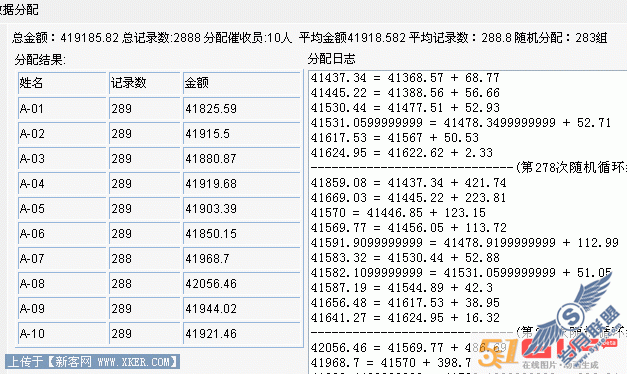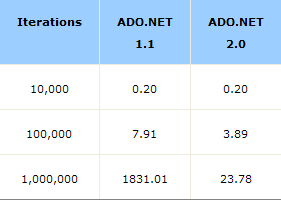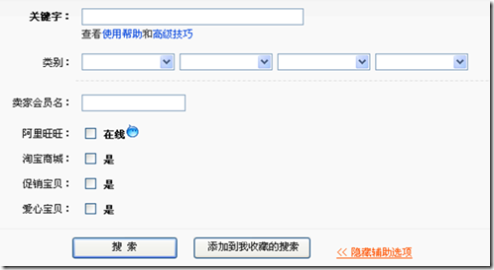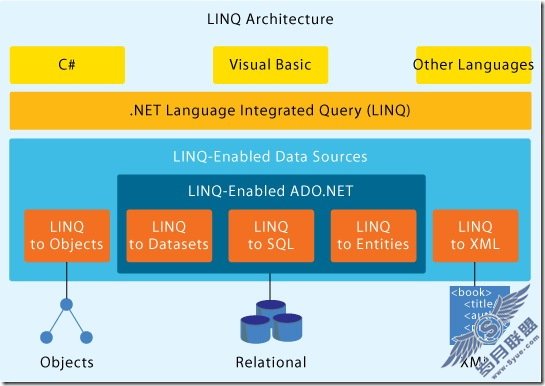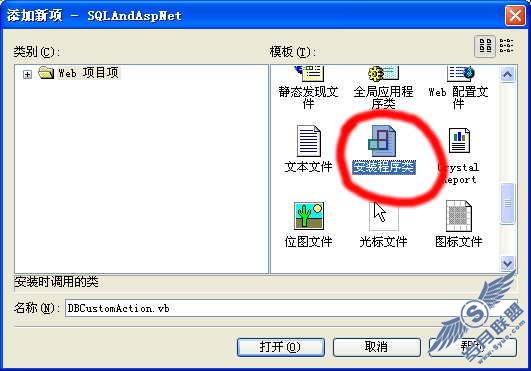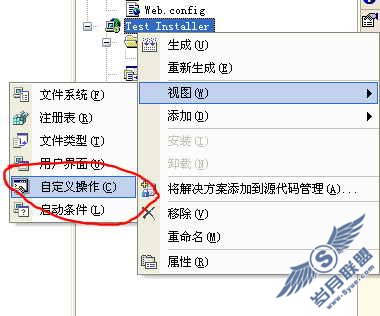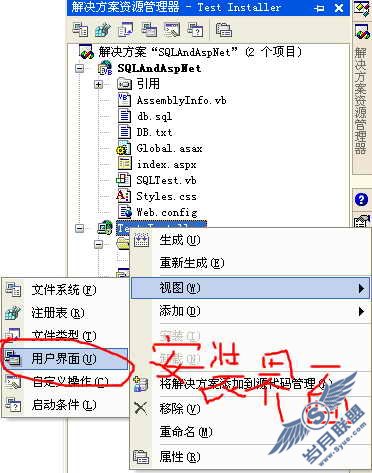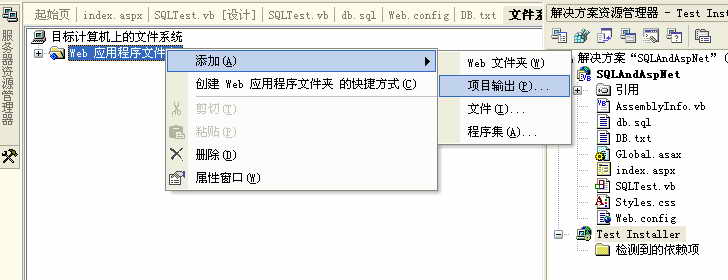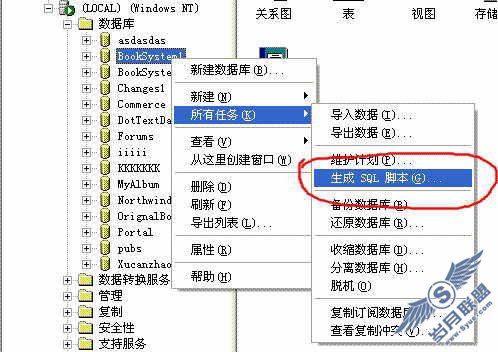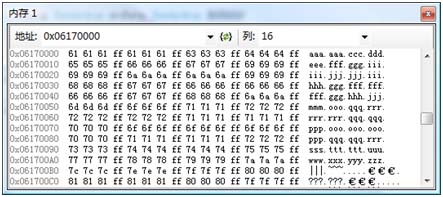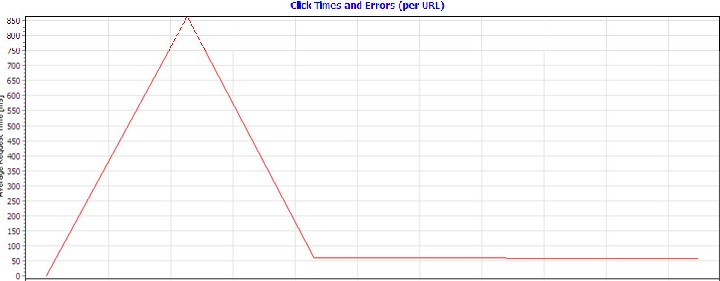Display hierarchical data with TreeView
来源:岁月联盟
时间:2005-05-12
Very oftenapplications have need to manage hierarchical data and indeed such thathierarchy is unlimited. This has been a bit problem in databases, althoughsolved using self-referencing tables or alternative solutions. OK, but how todisplay such data that uses self-referencing table?
WithASP.NET one optional answer is to use TreeView control. TreeView givesdevelopers chance to display hierarchical data as I’ll demonstrate in thisarticle. What makes TreeView so cool is that it can also display elements (treenodes) based on XML.
Overview ofthings that developer needs to do to get this feature are:
Get the data from self-referencing table into DataSetCreate DataRelation that corresponds to relation in self-referencing table and add it to DataSet’s Relations collection. DataRelation’s Nested property needs to be true.Get DataSet’s XML representation and apply XSLT transformation for it so that result corresponds to XML syntax used by TreeView control.Bind TreeView.
Self-referencing table
Assume thatin database we have table as follows:
CATEGORIES
CategoryID
ParentCategoryID
CategoryName
2
1
3
2
4
3
5
2
1.1
6
2
1.2
7
2
1.3
8
3
2.1
9
3
2.2
10
4
3.1
11
5
1.1.1
12
5
1.1.2
13
10
3.1.1
14
13
3.1.1.1
15
14
3.1.1.1.1
16
14
3.1.1.1.2
17
14
3.1.1.1.3
Shortly,CategoryID is the primary key and ParentCategoryID is foreign key referencingto CategoryID with default value NULL. CategoryName represents text I want todisplay in TreeView.
Get data into DataSet
//Connection to database
OleDbConnection objConn=newOleDbConnection("Provider=Microsoft.Jet.OLEDB.4.0;Data Source=" +Server.MapPath("db.mdb") +";Persist Security Info=False");
//SQL query to get data from CATEGORIES table
OleDbCommand objCommand=newOleDbCommand("SELECT * FROM CATEGORIES",objConn);
//OleDbDataAdapter
OleDbDataAdapter objDa =newOleDbDataAdapter(objCommand);
//DataSet
DataSet ds=newDataSet("CATEGORIESDS");
//Fill DataSet
objDa.Fill(ds ,"CATEGORIES");
Nested DataRelation
//Create DataRelation
DataRelation drel=newDataRelation("CATEGORIES_RECURSIVE",
ds.Tables["CATEGORIES"].Columns["CategoryID"],
ds.Tables["CATEGORIES"].Columns["ParentCategoryID"]);
//Make sure relation is nested
drel.Nested =true;
//Add relation to DataSet's Relations collection
ds.Relations.Add(drel);
DataSet’s XML and XSLTtransformation [Source XML][XSLT stylesheet]
//XmlDocument to hold XML generated from DataSet
XmlDocument objDoc=new XmlDocument();
//Load XML
objDoc.LoadXml(ds.GetXml());
//Create XslTransform object
XslTransform objXSL=new XslTransform();
//Load XSLT stylesheet
objXSL.Load(Server.MapPath("transformationtemplate.xslt"));
//StringWriter to temporarily hold result of thetransformation
StringWriter writer=new StringWriter();
//Apply transformation with no arguments and dumpresults to StringWriter.
objXSL.Transform(objDoc.CreateNavigator(),null,writer);
Bind TreeView [Result of transformation]
//Set TreeView's TreeNodeSrc property to get XML fromStringWriter.
TreeView1.TreeNodeSrc =writer.ToString();
//Bind TreeView
TreeView1.DataBind();
//Close StringWriter
writer.Close();
Other useful resources at AspAlliance:
Programming with TreeView by Steve Sharrock
Developing with the Treeview Web Control Part 1 by James Avery
Developing with the Treeview Web Control Part 2 by James Avery
